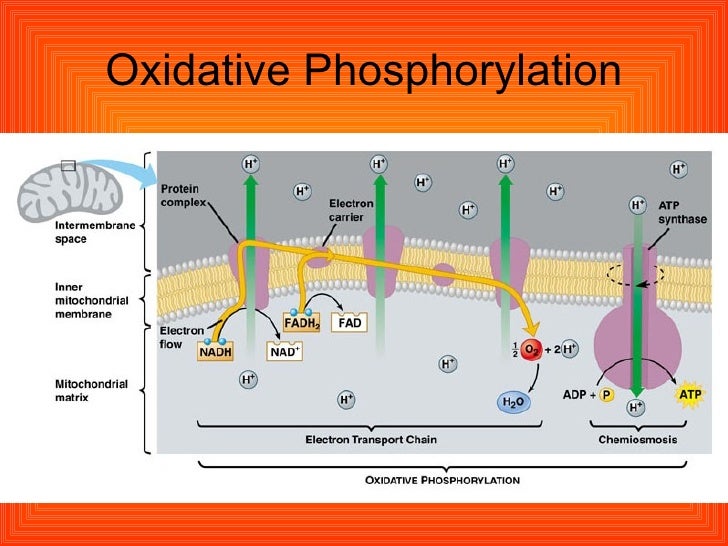This week in AP Biology we focused cellular respiration. Cellular respiration is the process by which the chemical energy of “food” molecules is released and partially captured in the form of ATP. Carbohydrates, fats, and proteins can all be used as fuels in cellular respiration, but glucose is most commonly used as an example to examine the reactions and pathways involved.
We can divide cellular respiration into three metabolic processes: glycolysis, the Krebs cycle, and oxidative phosphorylation. Each of these occurs in a specific region of the cell.
- Glycolysis occurs in the cytosol.
- The Krebs cycle takes place in the matrix of the mitochondria.
- Oxidative phosphorylation via the electon transport chain is carried out on the inner mitochondrial membrane.
In the absence of oxygen, respiration consists of two metabolic pathways: glycolysis and fermentation. Both of these occur in the cytosol. In glycolysis, the 6-carbon sugar, glucose, is broken down into two molecules of a 3-carbon molecule called pyruvate. This change is accompanied by a net gain of 2 ATP molecules and 2 NADH molecules.

The citric acid cycle occurs in the mitochondrial matrix and generates a pool of chemical energy (ATP, NADH, and FADH2) from the oxidation of pyruvate, the end product of glycolysis. Pyruvate is transported into the mitochondria and loses carbon dioxide to form acetyl-CoA, a 2-carbon molecule. When acetyl-CoA is oxidized to carbon dioxide in the citric acid cycle, chemical energy is released and captured in the form of NADH, FADH2, and ATP. The electron transport chain allows the release of the large amount of chemical energy stored in reduced NAD+(NADH) and reduced FAD (FADH2). The energy released is captured in the form of ATP (3 ATP per NADH and 2 ATP per FADH2). The electron transport chain (ETC) consists of a series of molecules, mostly proteins, embedded in the inner mitochondrial membrane. All cells are able to synthesize ATP via the process of glycolysis. In many cells, if oxygen is not present, pyruvate is metabolized in a process called fermentation.

Glycolysis is another main part of cellular respiration, chemical energy is harvested by oxidizing glucose into a pyruvate. This is also known as “sugar splitting”. It occurs in two major phases: the energy investment phase and the energy payoff phase. Pyruvate is oxidized, the citric acid cycle completes the enrgy-yielding oxidation of organic molecules. The chemical energy stored in glucose generates far more ATP in aerobic respiration than in respiration without oxygen (glycolysis and fermentation). Each molecule of glucose can generate 36-38 molecules of ATP in aerobic respiration but only 2 ATP molecules in respiration without oxygen (through glycolysis and fermentation).

Chemiosmosis is the energy coupling mechanism. The electron transport chain pumps H+ ons into mitochondria membrane . Energy in the hydrogen ion gradient to drive cellular works. This happens oxidative phosphorylation, where it couples with the electron transport chain to synthesis ATP.
We also did a quick lab on the last day that involved us deducing the disease by looking at symptoms of several different victims. We did this by analyzing the death of their mitochondrial cells.
I would love to do more labs similar to the one above, where you diagnose patients and put your knowledge to the test.
Websites Used:
https://www.scq.ubc.ca/protein-phosphorylation-a-global-regulator-of-cellular-activity/
https://www.khanacademy.org/science/biology/cellular-respiration-and-fermentation
